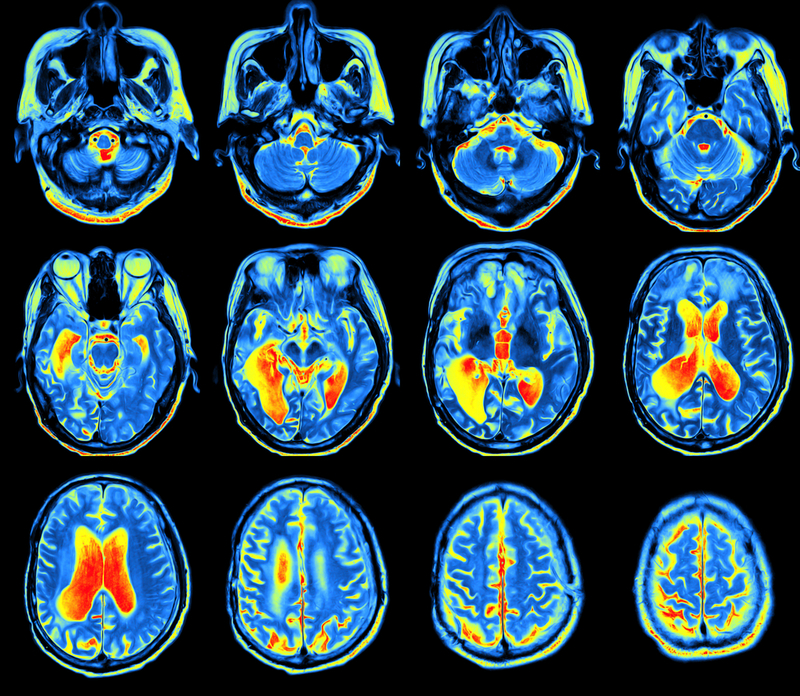MRI biomarkers could help with identifying migraine phenotypes
M3 Global Newsdesk Aug 04, 2018
Advanced MRI may hold the key to objectively measure neuroimaging findings or quantitative biomarkers for migraine to better identify the various migraine phenotypes. This may predict which patients may develop more severe phenotypes, and possibly even their responses to treatment, according to a new review published in the Expert Review of Neurotherapeutics.

“Advanced MRI techniques are about to revolutionize the clinical approach to migraine patients responding to growing, modern, and intriguing demands of preclinical diagnosis and more and more rational and ‘tailored’ therapeutic-care pathways,” wrote researchers, led by Antonio Russo, MD, PhD, Headache Center, Department of Medical, Surgical, Neurological, Metabolic and Aging Sciences, University of Campania Luigi Vanvitelli, Naples, Italy.
Currently, the diagnosis of migraine is based on clinical exam, with diagnostic tests used to rule out secondary headaches or migraine-associated disorders. No diagnostic test exists that is specific for migraine. In this review, the authors intended to assess advances in migraine functional neuroimaging and advances in migraine pathophysiology, and the ostensible applications of these clinical advances.
Overall, observations of gray matter structural abnormalities are mixed and conflicting. Nevertheless, the authors find that gray matter structural parameters observed on MRI could be used to distinguish chronic migraine vs episodic migraines vs no migraine.
Furthermore, structural and functional abnormalities on MRI may be linked to the chronification of episodic migraine, as well as the reversion from chronic to episodic migraine. In one study reviewed by the authors, after prophylactic treatment with onabotulinumtoxinA (BoNT-A) for migraine, responders to treatment demonstrated cortical thickness changes as compared with non-responders.
As for white matter microstructural changes on MRI, the authors comment that current research on the topic is controversial, and it’s unclear whether such white-matter changes cause or are caused by migraine attacks.
Dr. Russo and colleagues suggest that visual cortex responses observed on MRI may serve as “therapeutic biomarkers,” which could gauge the efficacy of preventive treatment and optimize therapeutic effect.
The reviewers point out that, on MRI, the altered functional connectivity (FC) interactions between brainstem brain-modulating circuits and limbic areas could contribute to migraine type and pathology, and be used to model a robust “neurolimbic pain network.” Moreover, FC data from previous resting-state studies have been employed to develop FC brain maps that have been used to distinguish migraneurs from non-migraineurs.
The team argues that longitudinal assessments of neuroimaging parameters are necessary to elucidate diagnostic, prognostic, and therapeutic imaging biomarkers. These biomarkers could fulfill the more rigorous evidence-based demands of diagnosis evident in the current health-care milieu as well as precision medicine approaches. Moreover, the design of current advanced MRI studies focuses on group-level analysis vs single subjects.
“The interest in biomarkers is progressively increasing in various fields of medicine and specifically in the migraine scenario for their possible implications not only in the diagnostic processes but also in the creation of more and more rational and ‘tailored’ therapeutic-care pathways,” concluded the authors.
Researchers hope that, someday, manifestations such as visual cortex responses or white matter microstructural changes observed on MRI may become therapeutic biomarkers in the management of migraine.
This story is contributed by Naveed Saleh and is a part of our Global Content Initiative, where we feature selected stories from our Global network which we believe would be most useful and informative to our doctor members.
-
Exclusive Write-ups & Webinars by KOLs
-
Daily Quiz by specialty
-
Paid Market Research Surveys
-
Case discussions, News & Journals' summaries